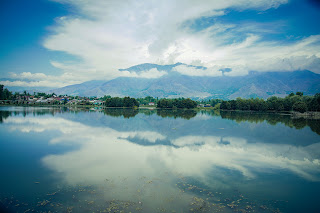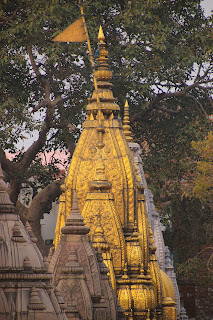Manipur, located in India's northeast, has a rich cultural history and customs. Manipur's culture is a fascinating fabric that represents the vitality and diversity of its people via its exuberant festivals, stunning dance forms, local crafts, and ingrained rituals. In this blog, we set out on a trip to investigate Manipur’s cultural diversity, its historical roots, folklore, traditional arts, and the profound influence of culture on the Manipuri people.
An Overview of Manipur's Past
We must first examine Manipur's past to comprehend its
culture. We will look at the flourishing prehistoric kingdoms in the area, such
as the Meitei dynasty, and the impacts of other kingdoms and trade networks. Manipur
culture has a distinctive character created throughout the years by interacting
with diverse cultural influences.
Manipur's enchanting dance styles
Manipur's dance traditions are an essential component
of its cultural heritage. We will examine the elegant Ras Leela, a dance that
portrays Radha and Krishna's heavenly love, and the vivacious Thang-Ta, a dance
with elements of martial arts. We'll also look at the beautiful Manipuri Jagoi
and the exquisite Pung Cholom, both known for their storytelling and artistic
prowess.
Manipur's Festivals: Celebrating Life
The focal point of Manipur's cultural events is
festivals. We'll look at the boisterous Yaoshang festival, the lively Lai
Haraoba, and the joyful Ningol Chakouba, each with its special meaning and
customs. The impact of agriculture and the environment on these events will
also be emphasized, demonstrating the close relationship between culture and
the land.
Creative Expressions and Handicrafts
Manipur is well known for its exquisite creative
expressions and handicrafts. Weaving, ceramics, and woodcarving are examples of
traditional crafts that have been handed down through the years. We'll
investigate how these crafts help preserve cultural identity and promote
economic sustainability.
About folklore and oral traditions
Manipur's cultural heritage is fundamentally comprised
of folklore and oral traditions. We will decode fascinating folktales, mythology,
and myths passed down orally over the ages. These tales shed light on the
Manipuri people's worldview, morals, and philosophical framework.
The Effects of Spirituality and
Religion
Manipur's culture is profoundly entwined with religion
and spirituality. We'll talk about the importance of the Shaivite and
Vaishnavite traditions and how Hinduism and other native faiths have affected
everyday life and cultural activities.
The Contemporary Setting: Nurturing
and Preserving Culture
Preservation of cultural heritage is essential in the
face of industrialization. We shall look at the initiatives the Manipuri
people, the administration, and other groups took to preserve and advance local
cultural traditions.
Culture as a Reflection of Identity
Culture is crucial in forming the Manipuri people's
identity. We'll discuss how customs, celebrations, and the arts operate as a
vehicle for individual expression and group camaraderie.
Manipur's
people continue to embrace its history, customs, and creative manifestations, comprising
its unique cultural identity. Manipur's cultural tapestry depicts a people
proud of their past, from the captivating dance styles to the colorful
festivals and magnificent handicrafts. Their rich and diversified culture will
foster a sense of pride and belonging among Manipur's people as they enter the
future.
---END---











0 Comments